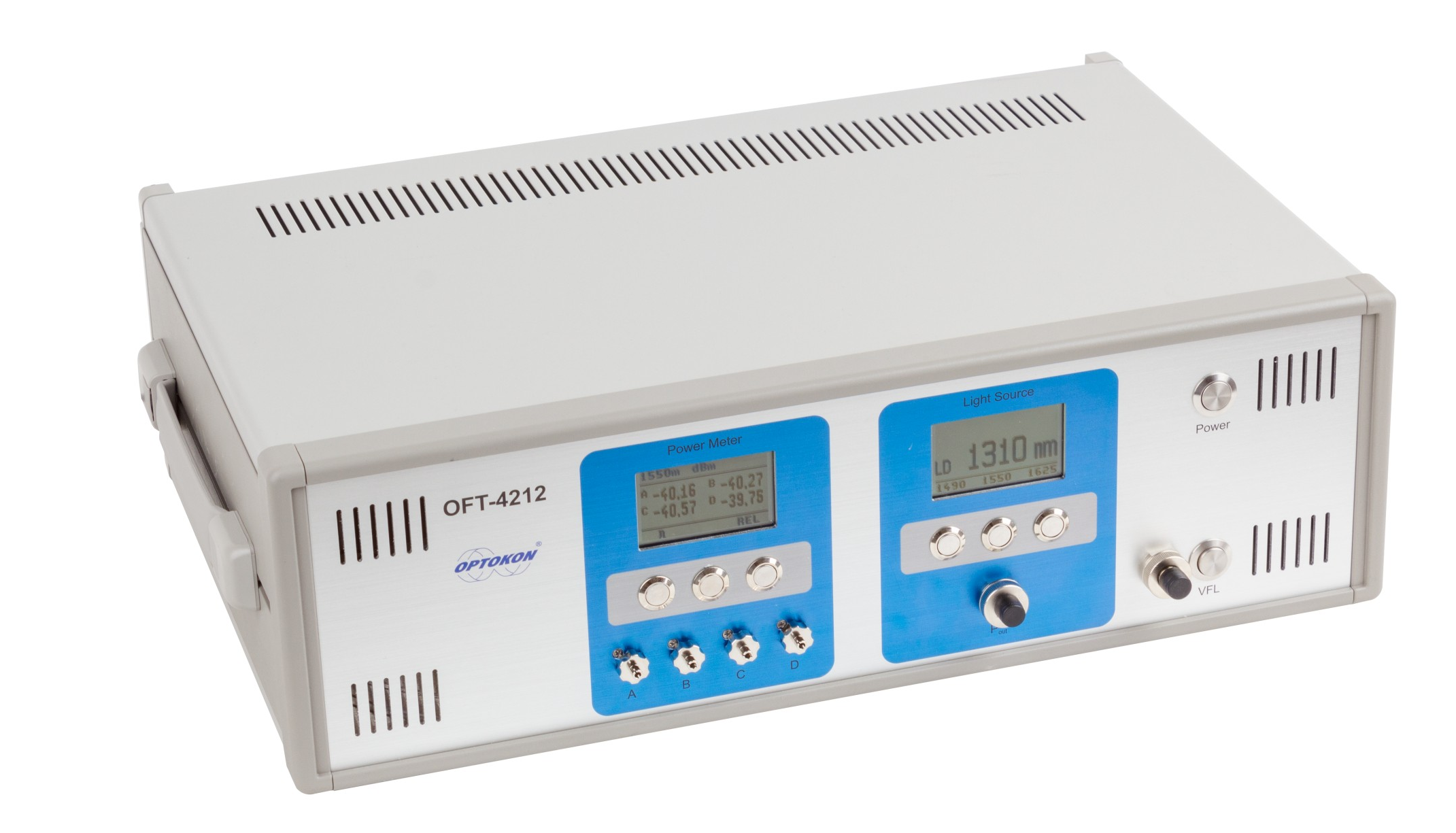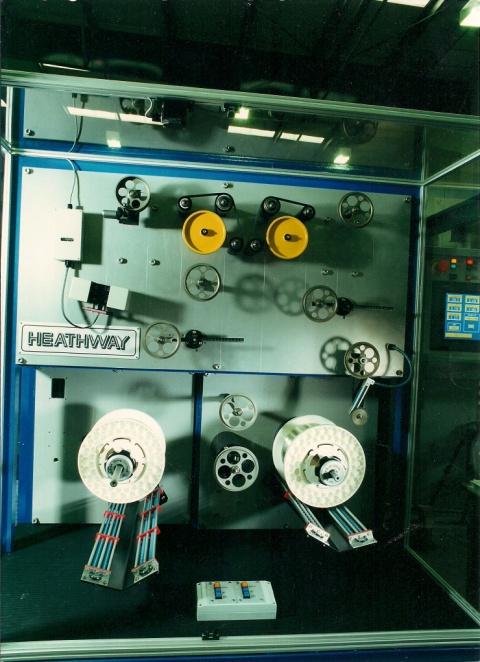A beginner’s guide to optical measurement system applications
All You Required to Learn About Robotic Vision and Its Applications in Advanced Optical Measurement Equipments
Robotic vision stands for a considerable development in the intersection of computer vision, expert system, and device understanding. This technology enhances the precision of optical measurement systems, enabling real-time data evaluation and boosted quality assurance. Its influence spans multiple industries, from manufacturing to health care. Nevertheless, the evolving landscape of robotic vision questions concerning future abilities and applications (optical fibre diameter analyser). What advancements exist in advance in this transformative field?
Comprehending Robotic Vision: Key Concepts and Technologies
Robotic vision incorporates the technologies and methods that allow machines to analyze and comprehend aesthetic details from their environment. This area integrates components of computer vision, expert system, and artificial intelligence to help with automated decision-making based upon visual information. Secret ideas include photo handling, which involves the enhancement and analysis of images to draw out significant attributes, and object recognition, which allows devices to identify and categorize objects within a scene.

The Assimilation of Robotic Vision With Optical Measurement Equipments
As markets significantly demand accuracy and effectiveness, the assimilation of robot vision with optical measurement systems has become a transformative method. This synergy enables robotics to view and interpret their surroundings, enhancing the capability of optical measurement systems to assess and examine things with unmatched accuracy. By outfitting optical sensing units with advanced imaging technologies, robotic vision makes it possible for real-time data collection and handling, promoting prompt changes to dimension parameters.
Furthermore, the combination encourages automated systems to find variants in measurements, surface area top quality, and placement, which are crucial in quality assurance procedures. Enhanced algorithms, such as machine learning, additional boost this combination by improving the systems' capacity to adapt to various settings and scenarios. The integration not only improves measurement processes however additionally minimizes errors, making certain that items meet strict market standards, consequently solidifying the role of robot vision in the future of optical dimension systems.
Applications of Robotic Vision in Manufacturing
In modern production settings, using vision systems has revolutionized production processes by allowing machines to perform tasks with exceptional precision and rate. Robotic vision systems are increasingly employed for high quality control, where they evaluate items for defects and assurance adherence to specifications. These systems utilize cams and advanced formulas to examine items in real-time, significantly lowering the threat of human mistake.
Additionally, robotic vision helps with automation in assembly lines, enabling robotics to accurately recognize parts and assemble them with very little downtime. This modern technology also improves supply management, as vision systems can keep an eye on stock degrees and discover inconsistencies, assuring a website link seamless supply chain.
Robotic vision help in the implementation of smart factories, where data from vision systems can be incorporated with various other innovations to maximize workflows (optical fibre diameter analyser). Overall, the applications of robotic vision in producing demonstrate its vital function in boosting performance, top quality, and efficiency throughout numerous industries
Robotic Vision in Healthcare: Changing Patient Treatment

In recovery, robotic vision aids in keeping an eye on person progression and tailoring treatment sessions to specific demands. It sustains medical specialists by automating tasks such as data collection and individual monitoring, enabling more time to concentrate on direct individual interaction. Furthermore, robotic vision improves telemedicine by enabling remote diagnosis and online appointments, connecting the void in between people and doctor. Overall, check my site the application of robotic vision in health care is reinventing individual care, resulting in enhanced results, efficiency, and individual contentment.
Future Fads and Growths in Robotic Vision Modern Technology
The rapid evolution of robot vision modern technology assures to additionally improve its applications throughout different sectors, consisting of health care. Future trends show a substantial shift towards including expert system and artificial intelligence, allowing systems to gain from vast datasets and improve accuracy in time. Improved sensing unit technologies and deep discovering algorithms are anticipated to refine things acknowledgment abilities, permitting robotics to analyze intricate settings better.

Additionally, the combination of increased reality (AR) with robot vision will likely change how robots help in medical procedures and diagnostics. This harmony will certainly assist in real-time information visualization, improving decision-making processes. In addition, miniaturization of parts will result in even more small and functional robot vision systems ideal for a selection of tasks. As these innovations unravel, industries will certainly witness increased automation and efficiency, solidifying robot vision as a foundation of ingenious technological options.
Frequently Asked Concerns
What Are the Main Components of a Robotic Vision System?
The primary components of a robot vision system include cams for photo capture, processors for data evaluation, algorithms for interpretation, and actuators for motion. Together, these aspects allow robots to regard and engage with their atmosphere effectively.
How Does Robotic Vision Improve Accuracy in Measurements?
Robotic vision boosts dimension accuracy by making use of innovative imaging technologies, allowing specific things detection and spatial analysis. This ability decreases human mistake, increases repeatability, and permits real-time changes, eventually enhancing general dimension integrity and efficiency.
What Industries Benefit Most From Robotic Vision Technology?
Various sectors profit considerably from robot vision modern technology, consisting of production, medical care, agriculture, and logistics. These industries make use of boosted precision, efficiency, and automation, bring about improved efficiency and reduced operational expenses in their respective processes.
Can Robotic Vision Systems Operate In Low-Light Issues?
Robotic vision systems can certainly function in low-light problems, using advanced sensing units and formulas to boost photo quality. This ability permits them click for more info to perform efficiently in different settings, including commercial and surveillance applications, despite marginal illumination.
What Are the Costs Related To Applying Robotic Vision?
The expenses related to implementing robotic vision vary substantially, influenced by components such as cams, software program, and assimilation. Added expenses consist of upkeep, training employees, and possible upgrades to existing systems, which can gather over time.